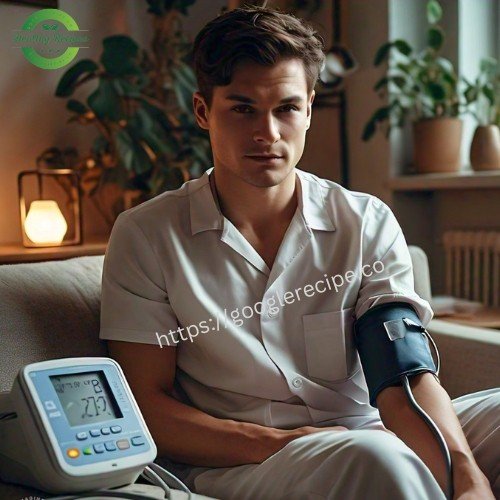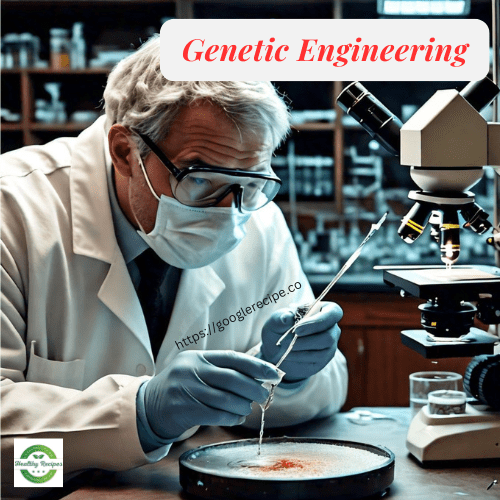Iron Deficiency
How to Identify and Treat Iron Deficiency, a Common Nutrient Shortage
Blood is a remarkable fluid, essential to our survival and well-being. It performs numerous crucial functions, such as transporting substances throughout our body and protecting us from disease.
However, there are times when blood doesn’t function as it should. We’ll delve into the importance of blood, its components, and focus on a condition where blood functionality is compromised—Iron Deficiency Anemia.
The Composition of Blood
Blood is composed of four main components:
- Plasma: The liquid part of blood that carries hormones, nutrients, and waste products.
- Platelets: Cell wreck that play a key character in blood cluster.
- White blood cells: Immune system cells that aid in the defense against infections.
- Red Blood Cells (Erythrocytes): Cells responsible for carrying oxygen from the lungs to the rest of the body and bringing carbon dioxide back to the lungs to be exhaled.
When a blood sample is centrifuged (spun at high speed), these components separate, showing the predominance of red blood cells, which give blood its red color.
Red Blood Cells: The Oxygen Carriers
Red blood cells (RBCs) are uniquely adapted to maximize their oxygen-carrying capacity.
They are tiny, measuring only about seven micrometers in diameter, and their biconcave disc shape increases their surface area for oxygen exchange. RBCs lack a nucleus, which allows more room for hemoglobin, the protein that binds oxygen.
Understanding Anemia
Anemia is a condition characterized by either a lower number of red blood cells than normal or insufficient hemoglobin within those cells. Anemia comes in several forms, each with unique causes and traits.
Pernicious Anemia
Pernicious anemia is caused by a deficiency in vitamin B12 or folate, leading to the production of abnormally large red blood cells that cannot function properly.
Vitamin B12 can be found in foods such as fish, cheese, chicken, eggs, red meat, milk, and almonds. Without adequate B12 or folate, the body cannot produce healthy red blood cells, resulting in anemia.
Iron Deficiency Anemia
The most common type of anemia is iron deficiency anemia, which occurs when the body lacks sufficient iron. This can be due to a diet low in iron, blood loss, or increased iron needs during pregnancy. Women with heavy menstrual periods are particularly susceptible.
Symptoms of iron deficiency anemia include:
- Tiredness and lack of energy
- Shortness of breath
- Noticeable heartbeats (palpitations)
- Pale skin
These symptoms arise because the red blood cells produced are smaller and carry less oxygen, leading to reduced oxygen supply to the body’s cells.
Managing Anemia
Doctors often prescribe iron tablets for those suffering from iron deficiency anemia. Additionally, increasing dietary iron can help. Foods rich in iron include artichokes, egg yolks, red meat, dark leafy greens, dried fruits, and legumes.
Conclusion
Blood is vital to our health, serving as the body’s primary transportation system and defense mechanism. Understanding the components of blood and conditions like anemia highlights the importance of maintaining a healthy diet and addressing nutritional deficiencies.
By recognizing the signs of anemia and taking appropriate steps, we can ensure our blood functions effectively, keeping us healthy and energetic.
Remember, taking care of our blood is taking care of our overall health.
FAQs About Blood and Anemia
1. What are the main components of blood?
Blood consists of four main components:
- Plasma: The liquid portion that transports hormones, nutrients, and waste products.
- Platelets: Cell fragments involved in blood clotting.
- White blood cells: Immune system cells that aid in the defense against infections.
- Red Blood Cells (Erythrocytes): Cells that carry oxygen from the lungs to the rest of the body and return carbon dioxide to the lungs.
2. What is the elementary duty of red blood cells?
Red blood cells carry carbon dioxide from the body’s tissues back to the lungs and oxygen from the lungs to the body’s tissues. Hemoglobin is a protein found in them that binds oxygen.
3. What adaptations do red blood cells have for carrying oxygen?
Red blood cells have a biconcave disc shape, increasing their surface area for oxygen exchange. They are flexible to move through small capillaries and lack a nucleus, which allows more room for hemoglobin.
4. What is anemia?
Anemia is a condition where the blood has a lower number of red blood cells than normal or insufficient hemoglobin within those cells. This leads to reduced oxygen transport in the body.
5. What are the different types of anemia?
There are several types of anemia, but two common ones are:
- Pernicious Anemia: Caused by a deficiency in vitamin B12 or folate, leading to the production of abnormally large and dysfunctional red blood cells.
- Iron Deficiency Anemia: The most common type, caused by a lack of iron in the body, often due to dietary insufficiency, blood loss, or increased iron needs during pregnancy.
6. What are the symptoms of iron deficiency anemia?
Symptoms include:
- Tiredness and lack of energy
- Shortness of breath
- Noticeable heartbeats (palpitations)
- Pale skin
These symptoms result from the body’s cells not receiving enough oxygen for respiration.
7. How is iron deficiency anemia treated?
Treatment typically involves iron supplements prescribed by a doctor. Increasing dietary intake of iron-rich foods, such as artichokes, egg yolks, red meat, dark leafy greens, dried fruits, and legumes, can also help.
8. What foods are rich in vitamin B12?
Foods rich in vitamin B12 include fish, cheese, chicken, eggs, red meat, milk, and almonds.
9. How can I prevent anemia?
To prevent anemia, maintain a balanced diet that includes sufficient amounts of iron, vitamin B12, and folate. Regular check-ups with a healthcare provider can also help identify and address any potential deficiencies early.


